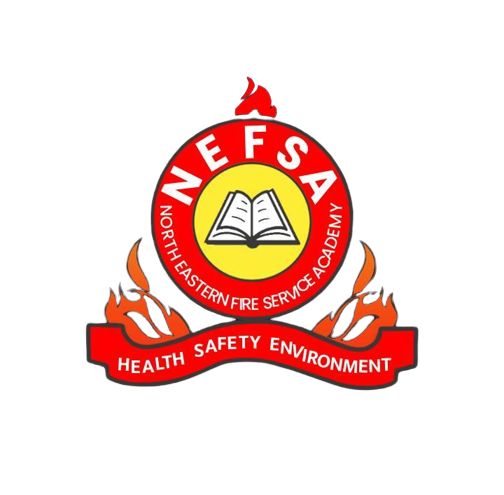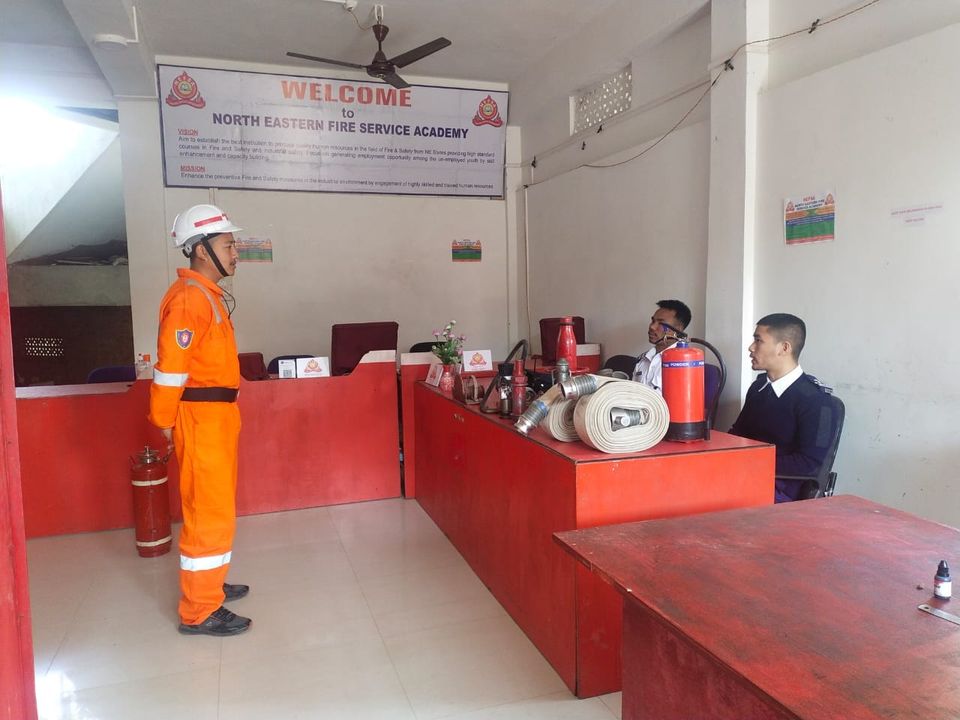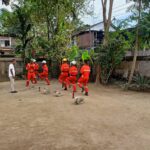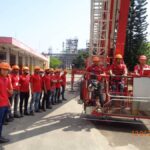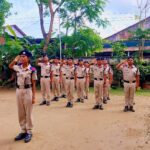When schools teach fire safety well, something important happens beyond checklists and exit routes: students become calmer, more capable, and more confident. NEFSA (NEFSA Fire Academy) combines evidence-based training techniques with hands-on practice to give students the knowledge, skills and mindset they need to respond when it matters — and to feel secure while learning. This post explains the research-backed reasons training builds confidence, shows what effective programs look like, and gives practical classroom-ready activities schools can use today.
Why confidence matters in emergency response
Knowledge alone isn’t enough. In an emergency people often default to instinct — panic or freeze — unless they’ve trained their responses. Confident students are more likely to:
-
Recognize danger early and take appropriate action,
-
Follow evacuation procedures calmly, and
-
Help peers (or tolerate minor discomforts) during drills and real events.
International frameworks for school safety emphasize both preparedness and psychosocial wellbeing: safe schools are not just structurally sound, they teach students how to act and how to cope. Embedding fire safety into broader school-safety planning reduces fear and supports continuous learning.
Evidence that training increases preparedness and reduces fear
Multiple studies and reviews show structured, age-appropriate fire-safety education increases children’s knowledge and preparedness — and when programs include practical drills and curriculum links, they often lower anxiety about fires because children feel able to act rather than helpless. For example, evidence-based reviews recommend mapping fire safety to school curricula and using evaluated programs to measure outcomes — an approach shown to reduce fear and increase preparedness.
A quasi-experimental study of firefighting training found statistically significant improvements in knowledge after training, demonstrating measurable gains that translate into practical capability. That uptick in competence is a direct pathway to greater confidence.
However, poorly run drills (perfunctory or unpredictable) can backfire — creating desensitization or anxiety. The FEMA/USFA guidance on school fire drills therefore recommends using drills as learning experiences rather than rote procedures. When drills are taught, explained and debriefed, they become confidence-building rehearsals instead of frightening disruptions.
NEFSA’s approach: practical, staged, and student-centered
NEFSA’s courses and school programs are designed around three linked principles: knowledge, skills, and psychological readiness. NEFSA offers a range of courses (from basic fire awareness to diploma-level fire & safety management) and adapts key elements for school delivery so that training suits age and context.
What NEFSA prioritizes in school-facing programs:
-
Age-appropriate curriculum mapping. Lessons are matched to students’ cognitive level — preschool modules focus on “stop, drop, roll” and safe meeting points; middle-school lessons add hazard recognition and basic extinguisher awareness; older students practice leadership in evacuation roles.
-
Active, hands-on practice. Simulations, supervised extinguisher drills with inert training devices, staged evacuations, and role-play rehearse appropriate behaviors so responses become familiar and automatic. Hands-on learning converts knowledge into habit — the root of confidence.
-
Clear explanation + debrief. Before a drill NEFSA-trained instructors explain objectives and safety limits; after a drill there’s a structured debrief where students and staff discuss what worked, what felt hard, and what to improve. Debriefing turns a stressful event into a learning moment and reduces residual fear.
-
Psychosocial support. Training teams are sensitive to students who show anxiety; short counseling, peer support and gradual exposure keep practices positive rather than traumatic. This aligns with global school-safety frameworks that tie preparedness with child wellbeing.
How training activities specifically build confidence — practical mechanics?
Here’s how a good training program converts instruction into self-assurance:
-
Repetition under safe conditions (drills + simulations) makes actions habitual. When students repeat an evacuation route, choosing the correct exit becomes second nature rather than a decision to be made in panic.
-
Mastery experiences (successfully using a fire blanket, guiding classmates) produce a strong boost in self-efficacy. Small, achievable tasks scaffold larger responsibilities.
-
Social modeling (teachers and older students demonstrating calm behavior) gives learners a template to copy — children often mirror adult reactions, so calm leadership is contagious.
-
Knowledge reduces the unknown. Knowing what causes common fires, how smoke behaves, and why alarms ring removes mystery—uncertainty fuels fear; clear understanding lowers it.
Classroom-ready activities NEFSA recommends
These practical exercises are low-cost, easy to run and designed to build capability and confidence:
-
Safety Circle (10–15 mins): Start with a short talk about “what a fire can look like” (smoke, smell) and ask students to name two things they’d do. Close with a guided breathing exercise to link action with calm.
-
Route Mapping (20 mins): Students draw evacuation maps of their classroom to the assembly point. Younger children use stickers; older groups label hazards and alternative routes.
-
Guided Evacuation Drill (15–30 mins): Explain the drill objectives first; run a slow, calm evacuation focusing on steps (stand up quietly, walk, assemble). Debrief with specific praise and one improvement point.
-
Hands-on Demo Stations (30–40 mins): Rotate students through stations: smoke hood demo (safe simulated), how a fire blanket is used (practice tossing a training blanket over a dummy), and basic extinguisher safety talk (no live discharge unless supervised with training equipment).
-
Peer Leader Program: Train older students as “safety buddies” who help younger peers in drills — leadership practice reinforces confidence for both groups.
Implementation tips for schools & policymakers
-
Integrate with curriculum: Don’t treat fire safety as a one-off — map lessons into science, civics and life skills for regular reinforcement. UNESCO’s school safety frameworks recommend embedded, evaluated programming for lasting impact. UNESCO
-
Train teachers and staff first: Teachers’ calm competence determines student behavior during drills — invest in staff training and refresher sessions.
-
Use drills as learning experiences: Announce learning objectives, conduct safe drills, then debrief. Avoid surprise drills for very young children; instead ramp up gradually.
-
Monitor and evaluate: Collect simple metrics — evacuation time, student feedback, number of students reporting feeling “more confident” — and iterate the program accordingly. Evidence-based programs track outcomes and refine content.
Why schools can’t wait?
Recent incidents globally remind us that schools remain vulnerable settings where failures in preparedness have tragic consequences. Practical, curriculum-linked fire safety training is an inexpensive, high-impact intervention that reduces risk and empowers students — turning fear into capability. News reports and authorities repeatedly call for improved drills, infrastructure and training to prevent and mitigate school fires.
How NEFSA can help your school?
NEFSA offers tailored school programs that include curriculum mapping, teacher training, age-tailored drills, hands-on stations and post-drill debrief templates. Whether your school needs a half-day awareness workshop or a semester-long integrated program, NEFSA’s training emphasizes safe practice, student wellbeing and measurable outcomes. Learn more about NEFSA’s course offerings and school programs on their course page.
Contact us today to know more about admissions, batch schedules, and course details.
Visit: www.nefsaindia.com
Location: Dibrugarh, Assam
For More Blogs:- Click here
